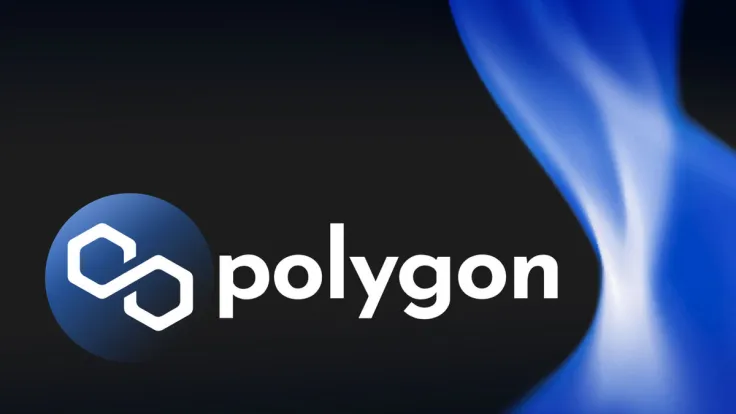
Disclaimer: The opinions expressed by our writers are their own and do not represent the views of U.Today. The financial and market information provided on U.Today is intended for informational purposes only. U.Today is not liable for any financial losses incurred while trading cryptocurrencies. Conduct your own research by contacting financial experts before making any investment decisions. We believe that all content is accurate as of the date of publication, but certain offers mentioned may no longer be available.
Despite being an acclaimed Layer-2 protocol, Polygon (MATIC) is still experiencing enormous network congestion owing to growing adoption. This higher congestion is in turn bringing back the worries of its parent Ethereum chain — high gas fees that the protocol has shed insights on how to correct.
It's official:
— Mihailo Bjelic (@MihailoBjelic) February 14, 2023
Polygon zkEVM mainnet will be launched on March 27th! 🔥
After more than a year of intense and inspiring research, development and testing, we are incredibly proud to launch the FIRST EVER zkEVM mainnet!
Join us on this day to celebrate the future of scaling! 💫
According to an update posted by TradingStrategy co-founder Mikko Ohtamaa, the Polygon protocol has shared an insight into how it hopes to reduce this cost at the project level. One primary approach it highlighted is to build or adopt a transaction management system to help reorder events in the gas spike era.
Additionally, Polygon aims to use "retry logic" to increase gas prices by a defined and steady percentage. This way, the cushion can best be absorbed by users of the protocol. According to the plans by Polygon, it could also hire third-party transaction management tools such as those provided by Alchemy Transact and Infura ITX, among others.
Polygon as a Layer-2 blockchain protocol is more efficient than Ethereum; however, mitigating higher transaction fee charges remains a must to foster broader adoption. As part of the plans, the protocol aims to set a maximum limit for gas prices in the code. This will help hold off sending transactions when the cap is exceeded.
Need to correct soaring gas
The digital currency ecosystem is quite a dynamic one, and competitive new L2s are making their debut on a daily basis. Should Polygon become unattractive by reason of its soaring gas prices, users may be forced to seek solace on other platforms and even on other chains.
Scalability has remained a major bane for blockchain protocols, and as the adoption of these technologies grows, this issue may cause additional headwinds for outfits like Polygon. Polygon has been commended for taking proactive steps as its March 27 date to launch its major Ethereum scaling solution is around the corner.
MATIC is changing hands at $1.36, up 7.56% at the time of writing, per data from CoinMarketCap.

 Arman Shirinyan
Arman Shirinyan Alex Dovbnya
Alex Dovbnya Caroline Amosun
Caroline Amosun Godfrey Benjamin
Godfrey Benjamin